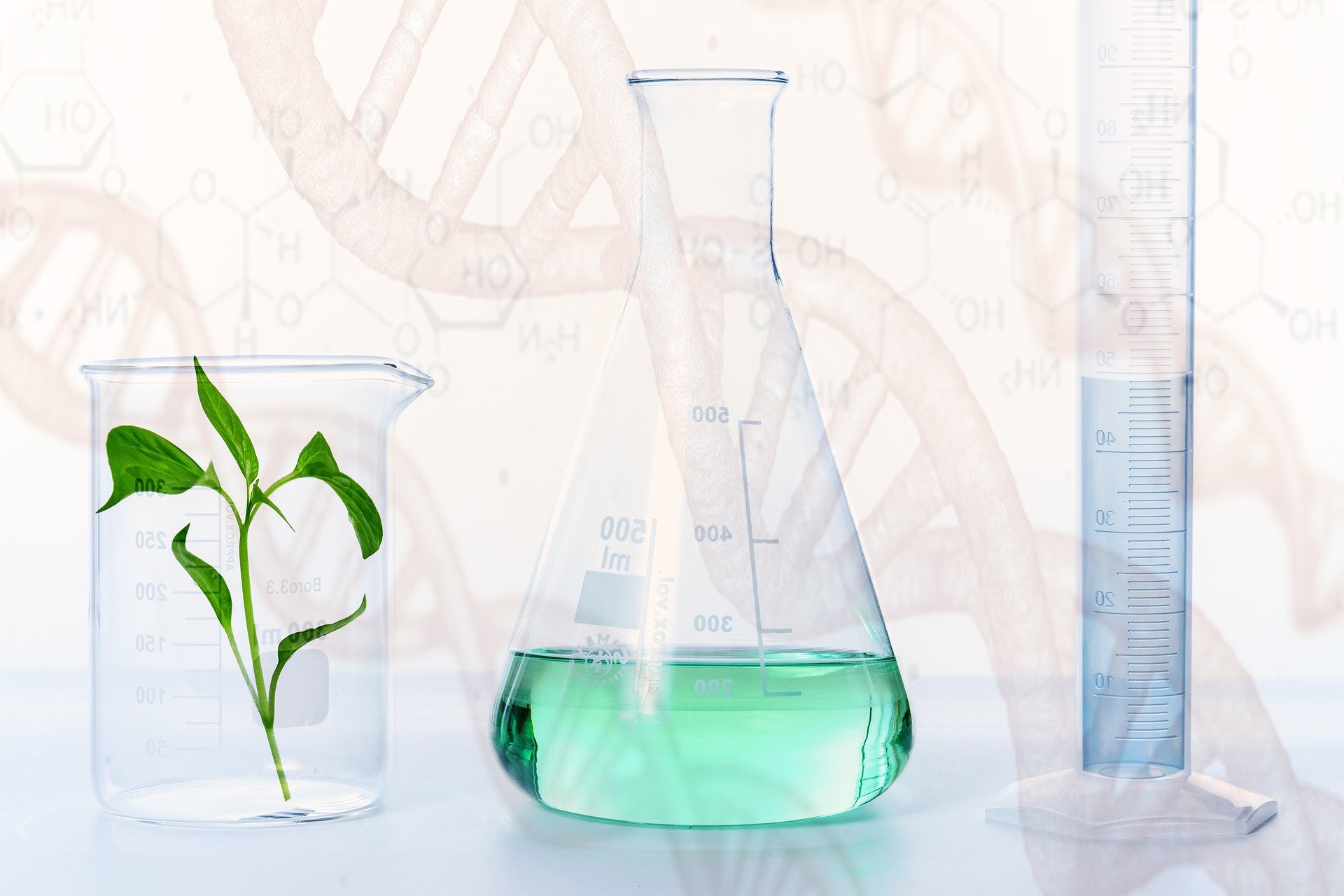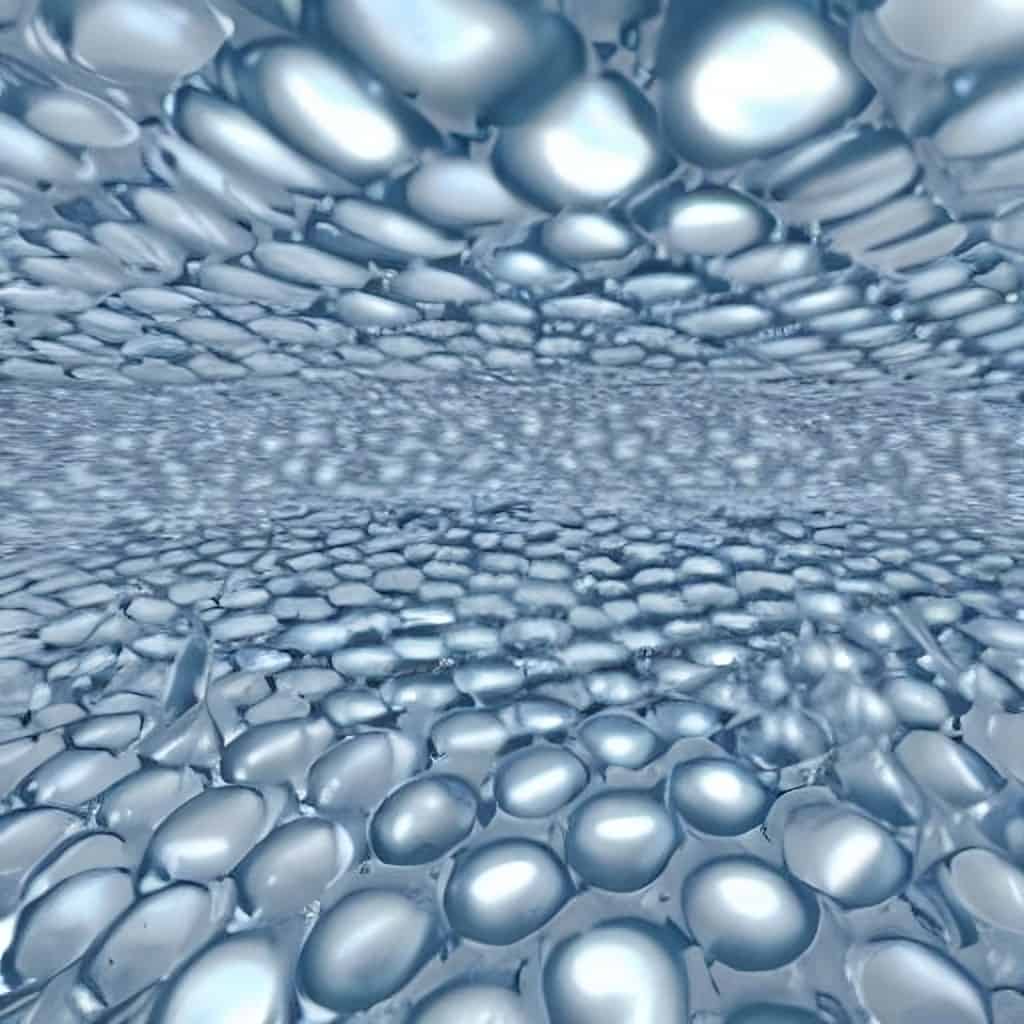
Hydrogen is considered to be one of the alternative energy sources of the future. So far, however, the costly and energy-intensive production process has been a major problem with regard to the environmental friendliness of this substance, which is in itself CO2 neutral. For this reason, increasing numbers of scientists around the world are researching other methods of producing hydrogen: from algae, for example. (IO reported). Scientists in Germany at the Friedrich Schiller University, the Leibniz Institute for Photonic Technologies (Leibniz IPHT) and the University of Ulm have taken inspiration from nature for their method of producing hydrogen.
To do so, the team from the “CataLight” Collaborative Research Center at the Universities of Jena and Ulm has combined new organic dyes with non-precious metal catalyst molecules that release gaseous hydrogen in water when irradiated with light. This substitute has shown a remarkable impact in terms of longevity and effect after excitation by visible light, they write in their study, published in Chemistry – A European Journal.
Photosynthesis as inspiration
In nature, sunlight is most effectively stored in chemical bonds through photosynthesis, because the light-collecting and reactive complexes in the thylakoid membrane are fixed in chloroplasts. The researchers led by Prof. Felix Schacher have achieved this type of arrangement with the help of polymers that interact with both hydrophilic and hydrophobic substances. These charged, so-called graft copolymers are produced artificially.
Until now, scientists have primarily relied on precious metal complexes as light-absorbing materials for artificial photosynthesis. However, Prof. Kalina Peneva’s research group is working on metal-free dyes. The researchers from Jena are focusing on rylene dyes, which are particularly stable in the presence of light and chemical processes.
“The light-absorbing metal complexes used in research often contain ruthenium or iridium,” explains Peneva. “However, these metals account for less than 0.1 millionth of a percent of the mass of the Earth’s crust and are therefore limited in perspective.” The use of organic, chemical-based photoactive compounds is much more sustainable than the use of heavy metals, she says.
Solving problems of the future with interdisciplinary cooperation
But the absorption of light alone is not enough. For hydrogen to be formed, the energy levels of the dyes and catalyst molecules must match precisely after absorption, the researchers say. To determine these energy levels, the researchers in Prof. Benjamin Dietzek’s group use spectroscopic methods. This allows them to draw conclusions about the amount of energy that is absorbed and that remains in the molecule from the interaction of matter with defined light, among other things.
In addition to the increase in scientific knowledge, the scientists say it has also become clear that the problems of the future can be tackled most effectively with interdisciplinary collaboration. “This is because, in addition to organic chemists and polymer researchers, physical chemists from the Leibniz IPHT and inorganic chemists and chemical engineers from the University of Ulm also provided valuable contributions and insights.”








